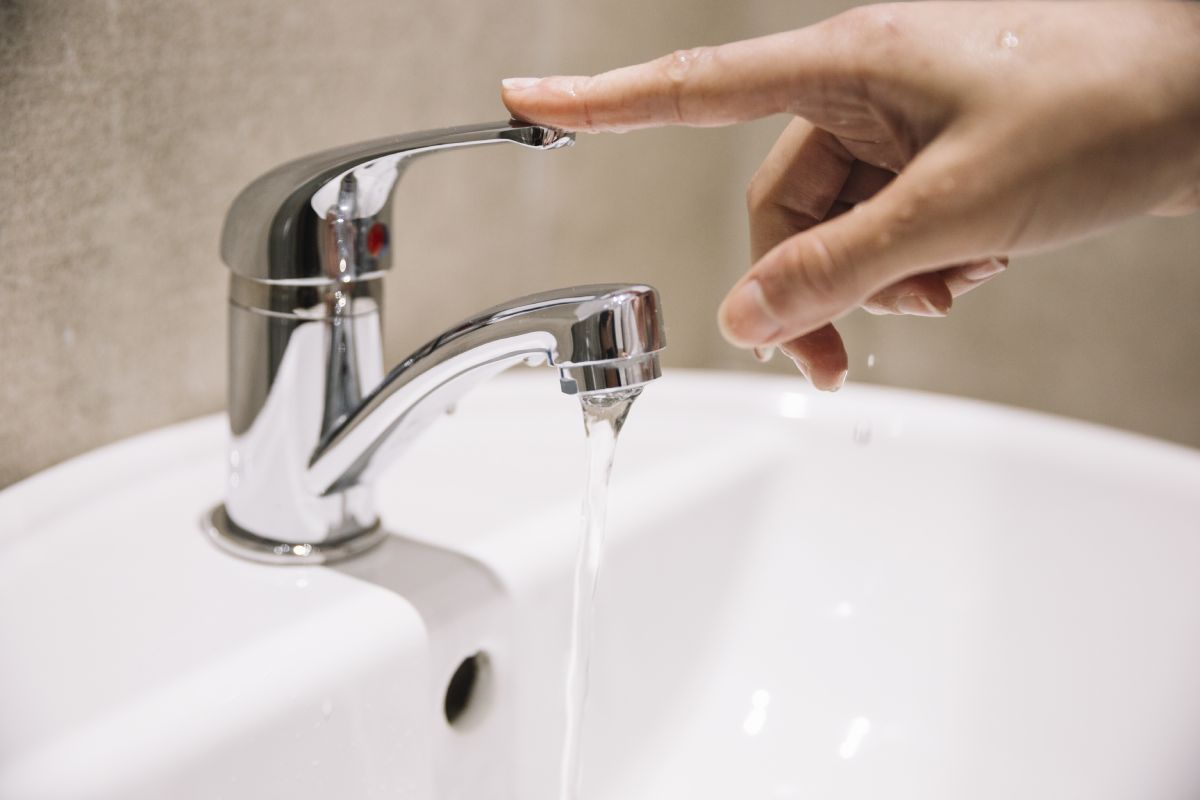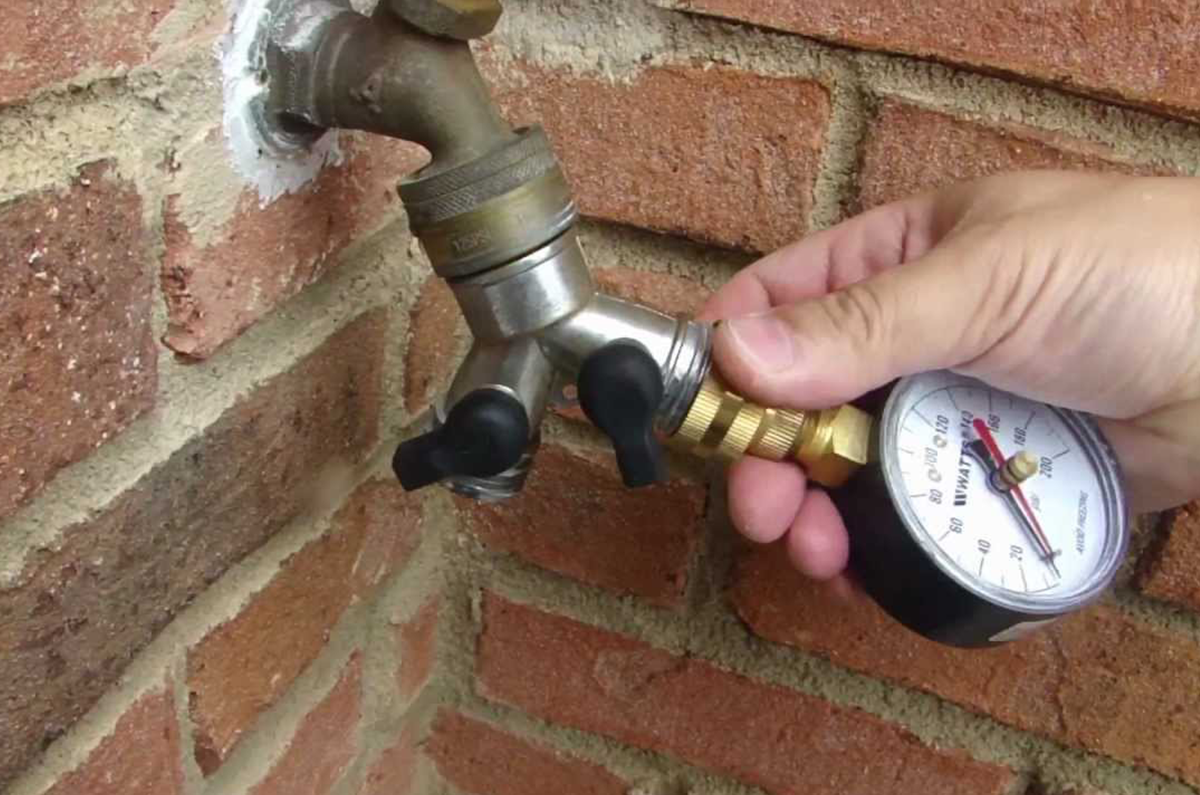Any individual seems to have their unique perception when it comes to 4 Ways to Troubleshoot Low Water Pressure.

Low water pressure in your home can be a frustrating issue, impacting whatever from showering to washing dishes. If you're experiencing weak water flow, there are several feasible reasons and solutions to discover. In this guide, we'll go over common factors for low tide stress and useful actions to deal with the concern effectively.
Introduction to Low Water Pressure
Low water stress happens when the flow of water from your taps, showers, and various other fixtures is weaker than usual. This can make everyday tasks much more difficult and much less effective. Recognizing the causes of low water pressure is crucial to finding the appropriate solution.
Common Sources Of Low Water Stress
Pipeline Obstructions
Over time, pipes can become blocked with natural resource, sediment, or debris, limiting the circulation of water. This is an usual problem in older homes with galvanized steel pipes.
Deterioration
Corrosion within pipes can result in leakages and minimized water pressure. Corrosion accumulation can tighten water flow, especially in maturing plumbing systems.
Faulty Stress Regulators
Pressure regulatory authorities are accountable for maintaining consistent water pressure in your house. If they malfunction, it can cause low tide stress or unequal circulation throughout your house.
Community Water Issues
Often, the issue lies outside your home. Local water problems, such as main line leakages or upkeep work, can temporarily decrease water stress in your location.
Exactly How to Identify Low Water Stress
Inspecting Faucets and Fixtures
Begin by checking the water pressure at various faucets and components throughout your home. If the issue is separated to particular areas, it may indicate localized troubles.
Examining Pipelines
Inspect visible pipes for indications of leakages, corrosion, or obstructions. Pay attention to any type of uncommon audios, such as banging or rattling pipes, which might indicate issues within the plumbing system.
Consulting with a Plumber
If you're unable to determine the root cause of low water pressure, consider employing a specialist plumber to carry out a thorough evaluation. They can determine underlying concerns and advise appropriate remedies.
DIY Solutions to Deal With Low Tide Stress
Cleaning Aerators and Showerheads
Mineral deposits can gather in aerators and showerheads, lowering water circulation. Remove and clean these components consistently to improve water stress.
Flushing Water Heater
Debris build-up in the hot water heater can limit flow and minimize efficiency. Purging the container regularly assists remove sediment and keep ideal performance.
Examining Pressure Regulatory Authority
Guarantee that the pressure regulatory authority is working properly. Readjusting or changing the regulatory authority can help bring back appropriate water stress throughout your home.
Cleaning Clogs in Pipeline
For minor clogs, attempt using a plumbing serpent or chemical drainpipe cleaner to clear blockages in pipelines. Beware when utilizing chemicals and adhere to security guidelines.
When to Call an Expert Plumber
If DIY initiatives stop working to solve the problem or if you believe considerable plumbing troubles, it's ideal to seek help from a licensed plumber. They have the knowledge and devices to attend to complicated problems safely and successfully.
Safety Nets to Keep Water Pressure
Regular Upkeep
Arrange routine maintenance for your plumbing system to avoid problems such as deterioration, leakages, and obstructions. Attending to minor issues early can help stay clear of more substantial fixings in the future.
Installing a Stress Booster
Think about mounting a stress booster pump to enhance water pressure in locations with regularly reduced circulation. This can be specifically beneficial for multi-story homes or properties with high-demand fixtures.
Monitoring Water Use
Be mindful of water usage behaviors and avoid overtaxing the plumbing system. Easy modifications, such as incredible showers and laundry loads, can assist preserve appropriate water stress.
Final thought
Handling low tide pressure can be irritating, but determining the underlying reasons and carrying out proper solutions can recover optimum flow throughout your home. Whether it's cleansing aerators, evaluating pipelines, or talking to a plumber, taking aggressive actions can ensure a constant supply of water for your everyday requirements.
FOUR WAYS TO FIX LOW WATER PRESSURE NOW
Turning on a shower or faucet only to find the water comes out in a sad, slow drizzle is never a good feeling. How exactly are you supposed to wash a pan or take a quick shower when it takes 10 minutes just to rinse off a little soap? The good news is that when your water pressure is bad, there's always a cause: typically one that can be easily fixed. Here are some of the most common causes of low pressure and what you can do to fix the issue:
DEBRIS AND MINERAL DEPOSIT BUILDUPS
If you notice low water pressure from just one or two of the fixtures in your house, the problem likely has to do with debris buildup. Water is full of minerals and other debris, all of which can accumulate in your pipes and on your fixtures. This can cause a blockage that affects how much water flows through. To fix this, try filling a small plastic bag with white vinegar, and use a rubber band to hang it around your showerhead or faucet. Let the head of the fixture soak for a few hours, and the vinegar should loosen the deposits.
WATER LEAKS
Leaks are another common cause of low water pressure. If water is flowing out of your plumbing through a hole or crack before it can reach your fixture, the pressure coming out of the faucet or showerhead will be lower. A plumbing professional is your best bet for finding and repairing a leak in your water supply pipes.
Leaks are another common cause of low water pressure. If water is flowing out of your plumbing through a hole or crack before it can reach your fixture, the pressure coming out of the faucet or showerhead will be lower. A plumbing professional is your best bet for finding and repairing a leak in your water supply pipes.
FOUR WAYS TO FIX LOW WATER PRESSURE NOW
Turning on a shower or faucet only to find the water comes out in a sad, slow drizzle is never a good feeling. How exactly are you supposed to wash a pan or take a quick shower when it takes 10 minutes just to rinse off a little soap? The good news is that when your water pressure is bad, there's always a cause: typically one that can be easily fixed. Here are some of the most common causes of low pressure and what you can do to fix the issue:
DEBRIS AND MINERAL DEPOSIT BUILDUPS
If you notice low water pressure from just one or two of the fixtures in your house, the problem likely has to do with debris buildup. Water is full of minerals and other debris, all of which can accumulate in your pipes and on your fixtures. This can cause a blockage that affects how much water flows through. To fix this, try filling a small plastic bag with white vinegar, and use a rubber band to hang it around your showerhead or faucet. Let the head of the fixture soak for a few hours, and the vinegar should loosen the deposits.
WATER LEAKS
Leaks are another common cause of low water pressure. If water is flowing out of your plumbing through a hole or crack before it can reach your fixture, the pressure coming out of the faucet or showerhead will be lower. A plumbing professional is your best bet for finding and repairing a leak in your water supply pipes.
Leaks are another common cause of low water pressure. If water is flowing out of your plumbing through a hole or crack before it can reach your fixture, the pressure coming out of the faucet or showerhead will be lower. A plumbing professional is your best bet for finding and repairing a leak in your water supply pipes.
A VALVE ISSUE
If you have low water pressure throughout your home, check your main shut-off valve to make sure it's completely open. You may also want to see if there's a pressure-reducing valve installed. If there is, have a plumber help you adjust the settings to get the pressure you're looking for.
OTHERS USING WATER
Believe it or not, your low water pressure could be caused by your neighbors. If you notice low pressure at certain times of day, it may be because you and the people living next to you have similar schedules - when everyone is showering at the same time, the pressure will be lower in every home. Low pressure throughout the neighborhood may also be caused by an issue with your municipal water supply. If that's the case, call the supplier to see if they're working on the issue.
https://www.rotorooter.com/blog/water-leaking/low-water-pressure-fixes/

We were guided to that write-up about 10 Reasons for Low Water Pressure in Your House from a pal on another blog. Liked our write up? Please quickly share it. Help another person find it. We cherish reading our article about Low Water Pressure in the House?.
Call